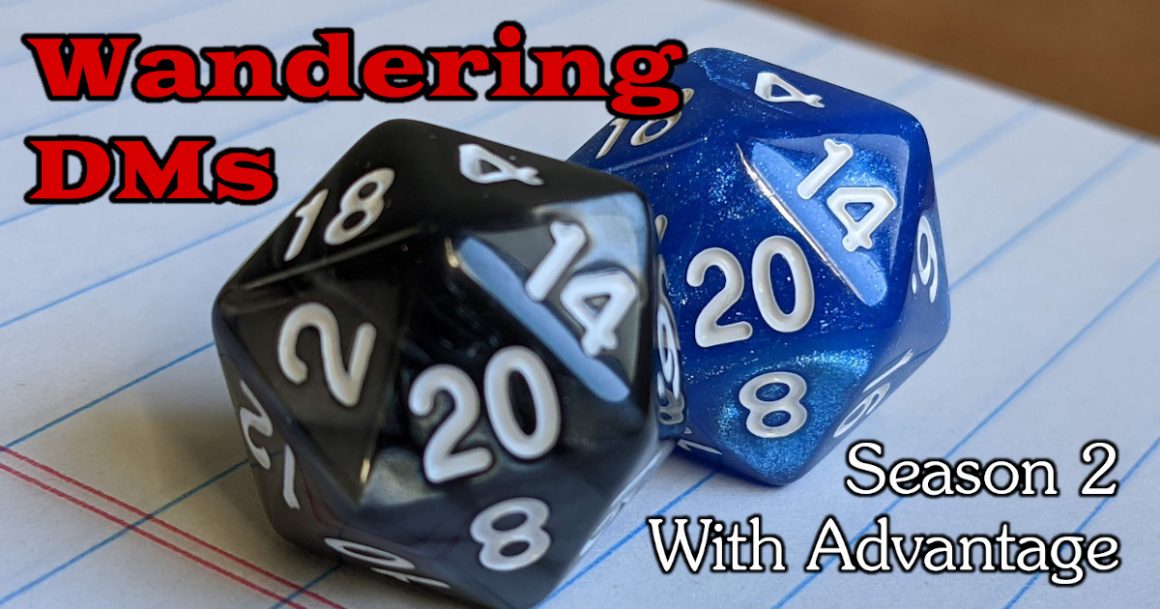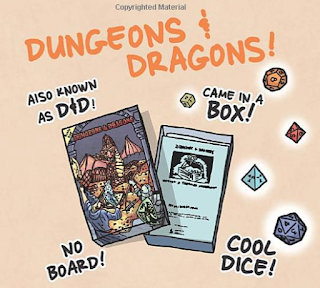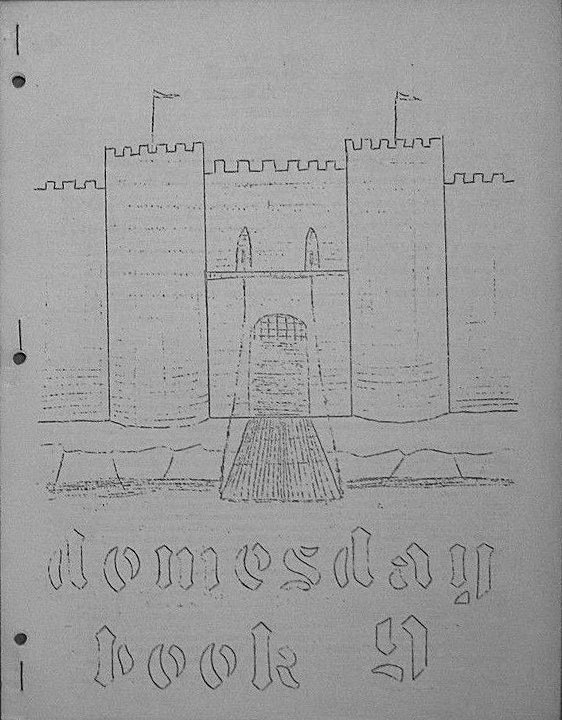(the black squares represent the niches described below)
7. DRY STORAGE: A large cavern, and very dark; entering from the west with a light source will reveal a circular space with irregular walls, a dry stone floor, and scattered rubble, the largest of which is an immense fallen stalactite in the center of the room. No other exits are clearly visible, although the rough walls create many shadowed areas (which hide a number of niches; see below). Rusted torch sconces are attached to the wall on each side of the entrance to the room.
Fallen Stalactite. Lying on its side in a northwest (base, 5 feet wide) to southeast (tip, 3 feet wide) direction, this massive cylindrical rock is roughly 10 feet long. The chamber is sufficiently large to walk all of the away around it. On the far side from the entrance, a pair of skeletal legs wearing cavalier boots protrude from beneath the stalactite --- apparently those of someone who was caught underneath when it fell. The legs point out toward the shadowed niche in the northeast corner (see below).
The stalactite can be lifted just enough to pull the skeleton out by several characters with a combined strength of 60 (e.g., four each with 15 or greater strength), or by any two characters of average strength (11 or greater), each using a lever (see the north niche below) placed on a suitable fulcrum (e.g., a piece of rubble). The upper torso of the skeleton remains somewhat intact due to a slight depression in the floor, and looped around the neck is a silver chain (value 100 gp) with an iron key that will open the door to Area 21.
Niches. Closer examination of the walls will reveal a number of niches, which were used by the smugglers to store supplies. There are a total of seven large niches (marked by squares on the map above) in locations roughly corresponding to the following compass points:
(click to jump to the description of each below)
a. Northwest. The niche in this direction is at floor level and large enough to walk into, but after five feet the back slopes down for about ten more feet before ending, and this area is filled with the discarded remains of crates, bins, jars and jugs, which once held various supplies of food and drink. A search of the junk for one turn will yield one intact and tightly-sealed jug of vinegar (formerly apple cider).
b. North. This shelf-like niche is about two feet off the ground, and on the shelf lies a row of iron tools, all rusty but usable, including an adze (for shaping wood), an auger (for drilling holes), two hammers, a maul and three 5' long digging bars, which could be used for levering up the fallen stalactite (see above).
Beyond the tools, the niche continues for 5 feet and then narrows to a tunnel large enough for a human to crawl through, one person at a time, but ending in rubble after 15 feet. The rubble can be cleared out in 1d4 turns, but doing so will only reveal a dead end of solid rock.
c. Northeast. This large niche is just a few inches above floor-level, and holds large pile of mouldering ropes and a bunched-up canvas sail. Hiding in the folds of the sail is a Huge Aggroach (see writeup of this new monster here). If disturbed, the aggroach will attempt to scurry to the back of the niche, where it will hide among the rubble ten feet back (see below), and then bite at anyone who bothers it there.
Huge Aggroach (1): DX 9, AC 5, HD 1, hp 6, AT 1 razor legs for 1d6, SD death stench
Beneath the sail are a ladle and four sealed clay pots, each filled with pine pitch. (Optional: There is sufficient pitch to re-waterproof the old rowboat in Area 3 (this will take two pots. The pitch must be heated over a fire before application; any character familiar with ships, or even having lived near a coast, will know this.)
Past the piles, the niche narrows as above for the north niche, and reaches rubble after 10 feet, but here there is just enough space for an unarmored human to squeeze past, and each turn spent clearing has a 2 in 6 chance of enlarging the tunnel enough for an armored character. Beyond this, the tunnel soon turns east and continues to Area 23.
d. East. In this direction, the niche is about fifteen feet above the floor, and the wall leading up to it is smooth and not easily climbed by non-thieves (normal chance for thieves). The niche is only about 5 feet tall and deep, and is empty with several cracks in the back wall. Deep in one crack is wedged a flat unholy symbol of Dagon depicting a humanoid shark, and made of mother-of-pearl (worth 500 gp):
e. Southeast. This is the largest niche, located at floor level and 10 feet high and deep. A low moaning sound will be heard by anyone standing at the mouth. If a light is shone towards the back, it will reveal that the moaning is emanating from a ten-foot tall figure in a dark grey robe wrapped in ropes, arms raised, standing against the back wall. However, this figure is unmoving, and closer inspection will reveal it to be a statue wrapped in an oilskin canvas, and the moaning to be a trick of wind filtering through tiny cracks in the back of the niche.
The statue is a warrior sea goddess, made of a finely carved and exquisitely painted wood (cedar), worth 10,000 GP to the right buyer in Portown. The statue is too large to fit through the sea cave entrance (Area 1) or even up the chimney in Area 5. However, being made of cedar means that it is buoyant, and thus could be floated through Areas 8 and 9 and then hauled the rest of the way through the caves to Portown.
f. South. Another shelf-like niche, similar to the north niche, but about 3 feet off the ground and with a horizontal cast-iron rack lying on it, holding six rusted cutlasses. Five are usable but have a 1 in 6 chance of breaking with each successful hit. The sixth appears similar to the others, but on closer inspection the grip will be noted to be engraved with a pattern of waves. This cutlass of the high tide has magical powers that are activated by immersing it in, or anointing it with, fresh sea water. If such is done, it will become a +1 weapon, +3 versus sea creatures, as well as functioning as a +1 ring of protection. These powers will last for one day, after which it must be dowsed with fresh sea water to activate it again.
The back of this niche narrows to a blocked tunnel, similar to the north niche (see above).
g. Southwest. Another large niche at floor level containing four empty barrels (once holding water, long since evaporated), a few wooden cups, and a rusted ladle. The barrels remain in fair shape and could be used to float through Areas 8 and 9; each will hold a single person.
The only apparent exit from this room is back to the west (the northeast niche conceals a crawlable tunnel that heads east). Follow the links on the above map; if there is no link, the area is not yet posted.
Chronologically on this blog, the previous posted installment was Area 6 and the next posted installment was Area 8.














